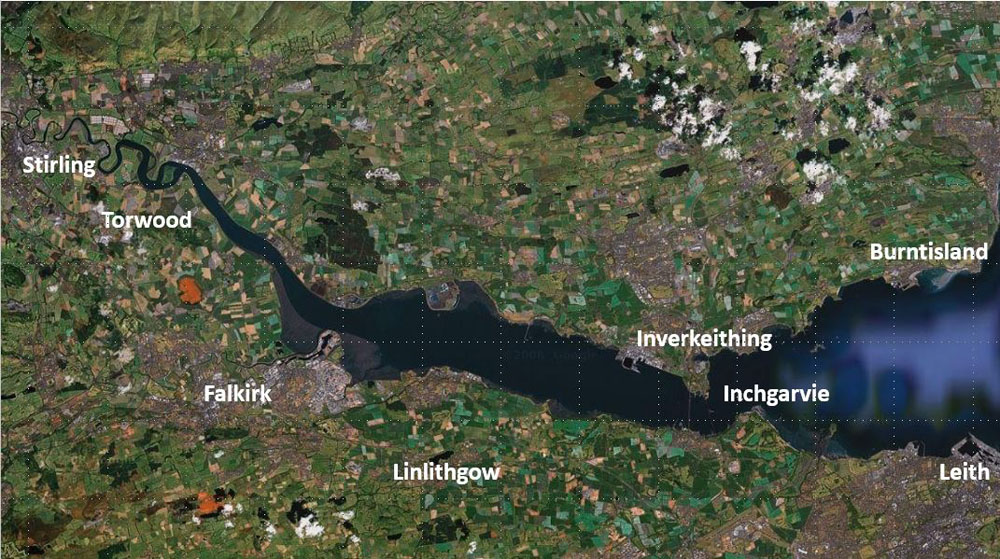Immediate Aftermath
| < Rout and Pillage | Δ Index | Cromwell’s Conquest > |
Of Holbourne’s 4,500 men, only 1,000 made it back to Stirling. 2,000 were killed and 1,500 taken prisoner. Lambert’s losses were relatively light – perhaps tens killed and hundreds wounded.
While the figures may be skewed – they were reported by the victors, they are by no means impossible. Asymmetric losses of this scale were very common after routs.

Back at Torwood, Leslie faced a quandary. He could not head south with Cromwell’s main force waiting at Linlithgow. If he headed into Fife, Cromwell could cross at Stirling.
He rushed back from Torwood to his stronghold at Stirling leaving his camps standing, abandoning dead and wounded soldiers and quantities of food and ammunition. He headed east into Fife to threaten Lambert’s invasion force.
Cromwell and a scouting party tracked them along the south bank of the Forth following them as far as Bannockburn, observing them through “prospective glasses” (a telescope.) Convinced that most of Leslie’s army was on its way to Fife, Cromwell ordered his army back from Linlithgow to cross into Fife at Queensferry.
Leslie in turn observed and acted. Once Cromwell’s scouting party left Bannockburn, he turned back to Stirling. The way would now be clear to break out and head south to England.
Cromwell chose to ignore Leslie’s change of direction, indeed he may have welcomed it. With Leslie’s army heading south, Cromwell could take his time in crossing to Fife and then head north to take Perth.
The capture of Perth sealed Charles’s fate. His supply lines were severed and he could no longer retreat to his stronghold in Stirling.
| < Rout and Pillage | Δ Index | Cromwell’s Conquest > |